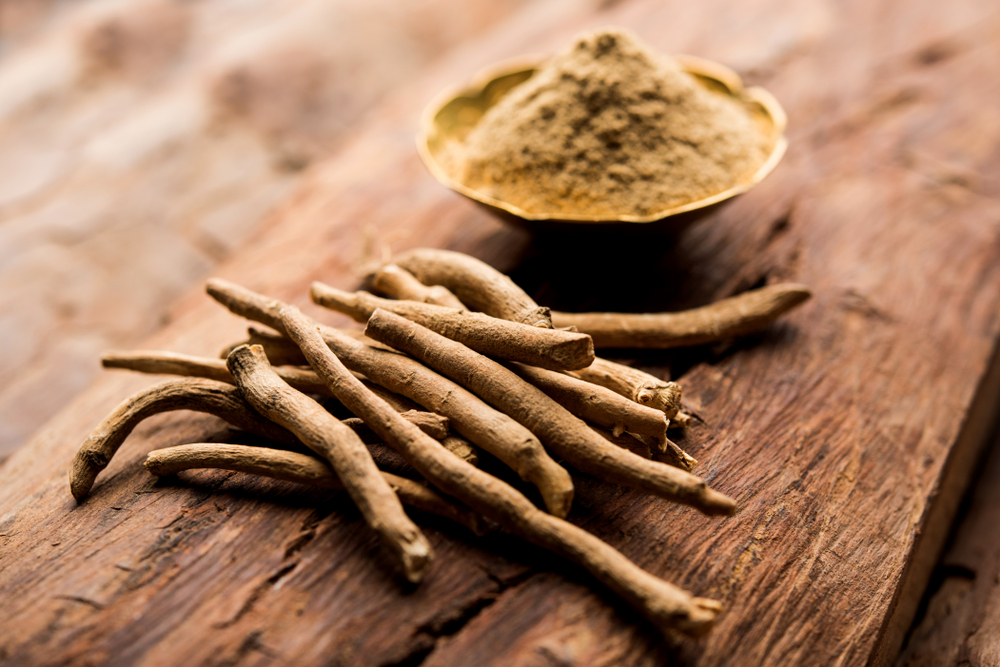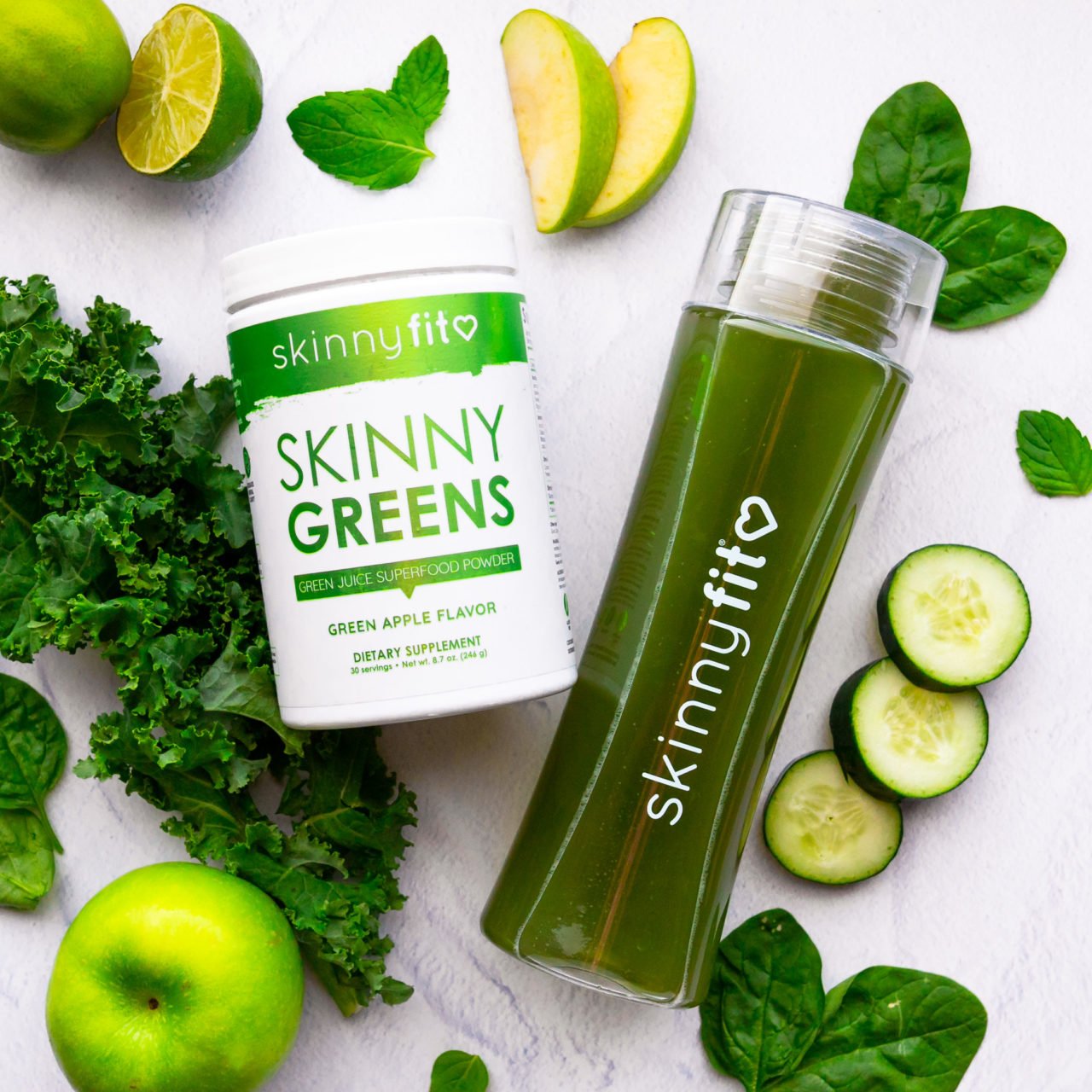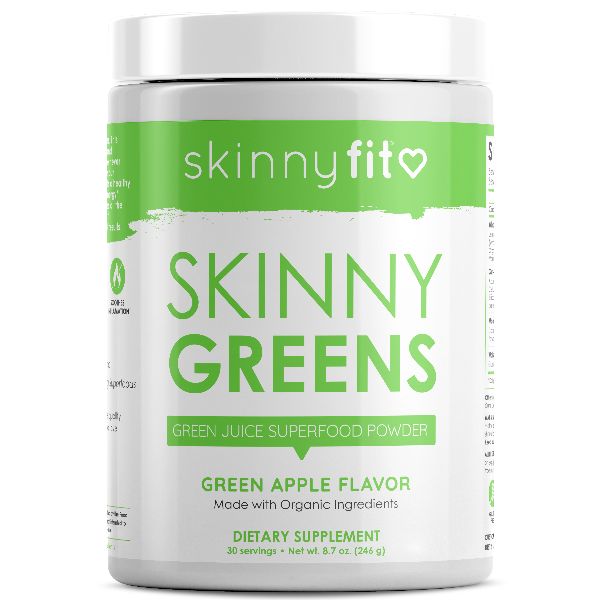Ashwagandha: say it with me now (aash – wuh – gaan – duh). Now, that’s a mouthful! While you may have only heard of its tongue twister of a name, ashwagandha has actually been around for centuries—and with it, comes a shining reputation in the health and wellness space. Despite only recently gaining mainstream popularity, its adaptogenic properties and slew of health benefits make ashwagandha a superfood we can’t ignore! In this blog, we’ll discuss everything you need to know about ashwagandha tea, its incredible health benefits, how to use it, and the best ashwagandha powder to make it easily accessible and affordable for everyday use.
Article At A Glance
- What is ashwagandha?
- Types & uses
- Benefits
- Dosage
- Best ashwagandha powder

What Is Ashwagandha
Ashwagandha tea is an ancient medicinal herb that grows in areas of India, the Middle East, and parts of Africa that’s played an important role in Ayurvedic medicine for thousands of years. Ashwagandha is also referred to as withania somnifera, Indian ginseng, or winter cherry, whose root and berry have been used to treat a variety of ailments like inflammation, insomnia, and even anxiety. Ashwagandha is considered an adaptogenic herb. Adaptogens are pharmacotherapeutic substances found in certain plants that are known to support the body’s natural ability to deal with stress—including physical, chemical, and biological stress. [1] In layman’s terms, adaptogens manage your body’s fight or flight response, and protect your mind and body from stress.
Types Of Ashwagandha & Uses
Ashwagandha can be used in a variety of ways depending on the specific type of the ashwagandha plant being used and form of herbal supplementation.
Parts of the ashwagandha plant
No matter what form of ashwagandha you choose to take, Here are a few types to consider when using Ashwagandha for medicinal purposes:
1. Ashwagandha root
Ashwagandha root is probably the most popular type of ashwagandha that’s used today. It contains active components called withanolides, which are steroidal, and are responsible for most of the healing properties. Withanolides have been researched in a variety of animal studies examining their effect on numerous conditions, including immune function and even cancer. [2] In general, ashwagandha root is the most effective type of the ashwagandha plant because of its high withanolide content. However, when it comes to ashwagandha root for supplementation, this option tends to be more expensive than using other parts of the plant as it requires a more detailed type of harvesting and treatment to produce.
2. Ashwagandha leaves
The leaves are most commonly used in ashwagandha tea. While ashwagandha tea often contains a combination of both leaves and root, studies have shown that the withanolides from the root contain the majority of the healing properties than the leaves whereas the type of compound found in the leaves (withaferin A) is a cytotoxin and can be toxic to human cells when ingesting high levels. [3] In fact, there hasn’t been much research conducted to support the effectiveness of ashwagandha leaves on their own, or without the use of its root counterpart. Although supplements that use only the leaves tend to be more affordable, they may not be the best or most effective option.
3. Berries
As mentioned before, ashwagandha is a shrub that grows berries, also known as winter cherry. The berries are harvested and can then be eaten raw, cooked, or dried and then added to ashwagandha tea. The berries tend to be a bit bitter in taste, but have a crisp, almost crunchy texture when eaten.
Forms of ashwagandha
Ashwagandha is generally available as an herbal supplement in the following forms:
- Powder
- Tea
- Tincture
- Extract
- Pills
- Capsules
- Elixirs

Ashwagandha Benefits
The benefits of ashwagandha tea are vast, which is why it has such a great reputation for its healing benefits. Here are a some of the most common benefits one can expect when taking ashwagandha tea or ashwagandha powder: [4, 5, 6, 7, 8, 9, 10]
- Lowers blood sugar levels
- Contains anti-cancer properties
- Can reduce cortisol levels
- Reduces stress and anxiety
- May reduce symptoms of depression
- Can boost testosterone & increase fertility in men
- May increase muscle mass and strength
- Reduces inflammation
- Can lower triglyceride levels and triglycerides
- Improves brain function and memory
Ashwagandha Dosage
Depending on what you’re hoping to get out of ashwagandha, specifically with different types of benefits, the dosage will vary. It’s also important to consider that the dosage requirements for each form of ashwagandha vary as well. For example, the dosage for ashwagandha in tea form compared to one in powder or tincture form will be different.
Generally speaking, an average dose of ashwagandha can be anywhere from 125mg to 5g per day. However, 250–500mg per day for at least one month seem to be effective, according to double-blind, randomized, placebo-controlled study. [11] If you do plan to add ashwagandha to your routine, it’s best to speak with a doctor or medical professional to determine the best dosage for you.
Best time to take ashwagandha
One of the most important things to remember when taking ashwagandha tea, powder, capsules, or any other form, is what you are using it for—that will help you determine the best time to take ashwagandha for your specific goals. For example, if you are looking to take ashwagandha for mental clarity, focus, or energy, it’s best to take your ashwagandha in the morning. On the contrary, if you hope to lessen your anxiety, stress, or inflammation, taking in before bed is the best option. In the end, there’s no “best time” to take ashwagandha so take it whenever it’s most convenient for you.

Best Ashwagandha Powder
Of all the forms of ashwagandha out there, whether it be ashwagandha tea, capsules, or elixirs, powder is by far the most popular. Powders are also easy to add to your daily routine and can be mixed with smoothies, oatmeal, or other types of food. Some ashwagandha powers, like Skinny Greens, for example, come in delicious flavors, like green apple, so you can even mix it with water. If you’re looking for the best ashwagandha powder, you’re better off looking for a powder that also contains a variety of other superfoods as well to get the biggest bang for your buck.
Pure ashwagandha powder will run you around $50 for one container. Skinny Greens, on the other hand, contains 34 different superfoods in one scoop, including ashwagandha, and is comparable in price. In fact, just one scoop of the Mood Boosting Adaptogen Blend of superfoods (that contains ashwagandha powder) found in Skinny Greens, contains 670mg of nutrients—not to mention the nutrients found in other three superfood blends (Wholesome Superfood Blend, Gut Renewing Probiotic Blend, and Waist Slimming Blend).
The Bottom Line
Ashwagandha tea, powder, capsules, as well as other forms of ashwagandha provide an incredible range of nutrients that have outstanding health benefits. From treating a variety of ailments like inflammation, insomnia, and anxiety, to even lowering blood pressure, ashwagandha has been used for centuries. There are different types of ashwagandha out there that come in many forms, but it’s important to remember that no matter what type of ashwagandha you choose, it contains ashwagandha root—primarily because of the active compound withanolide. For best results, combine your ashwagandha intake with a variety of superfoods, like that of Skinny Greens Superfood Powder, to get the biggest bang for your buck.
Mentioned In This Post
Skinny Greens Green Superfood Powder
Juicing made easy! Skinny Greens has 34 essential superfoods, stress-relieving adaptogens, & pre and probiotics for all of the daily nutrients your body craves.
